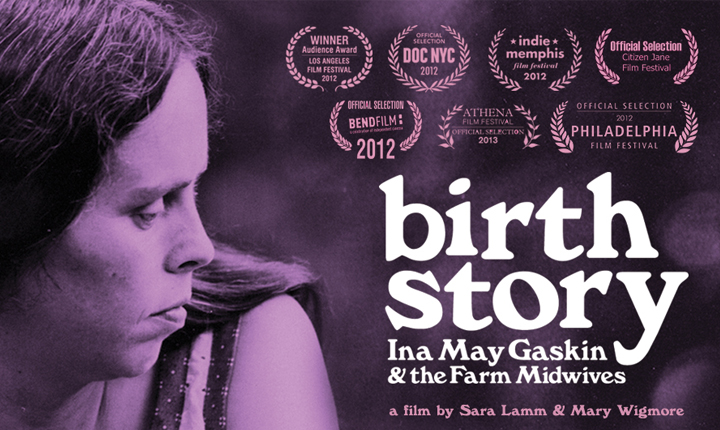The Longest Shortest Time
EPISODE #28: The Missing Chapter to Ina May’s Guide
This is Part 2 of a three-part series on Natural Birth. Click here for Part 1 and Part 3. As of December 2019, we also have an updated version of this episode with good news from Ina May. Listen to that one here.
When I was pregnant, I was terrified of childbirth. I told that to my midwife, and she suggested that I read Ina May Gaskin’s manifestoes on natural birth: Spiritual Midwifery and Ina May’s Guide to Childbirth.
I loved Ina May’s story—a hippie living on a caravan of school buses, who learned to be a midwife by delivering other hippies’ babies on those school buses. I loved her message—that we do not have to be fearful of childbirth, and that laughter and kissing and politeness can help reduce pain. And I loved her statistics—there is an incredibly low rate of medical interventions for births at the Farm Midwifery Center, which Ina May founded on the Tennessee commune, where the aforementioned caravan of school buses landed. After a good dose of Ina May, I was confident that I could give birth naturally. It was going to be a challenge, but I was prepared.
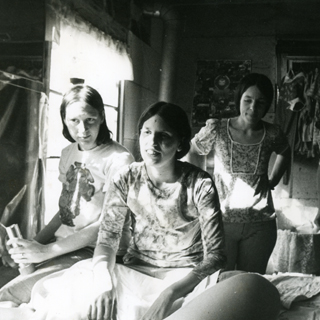
Ina May led the midwives at the Farm

Her husband, Stephen Gaskin, was the commune’s spiritual leader
And then I actually gave birth. And it was nothing like what Ina May said it would be. I felt like I had failed. But I also felt mad at Ina May. And the whole natural birth industry, actually. For making me believe that natural birth was not only possible, but that it had the potential to be an ecstatic experience. And for not telling me what you were supposed to think if you didn’t get to have it.
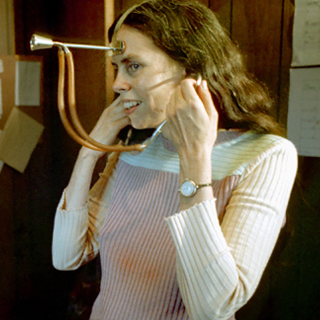
Ina May with a fetuscope in the 70s
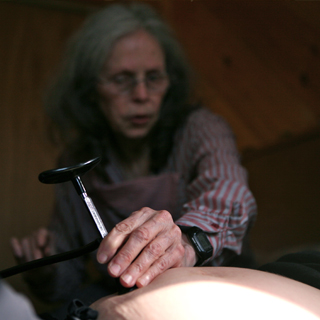
Ina May with a fetuscope now
In this episode, I tell Ina May how I felt betrayed by her. And her answer is truly stunning. I’ll let you listen to what she says, but once you’ve heard the episode, please come back to this page. If you wound up feeling like I did after having a baby, Ina May wants to hear from you. Tell your story in the comments below, or just let her know what you think is missing from her book. She will be watching!
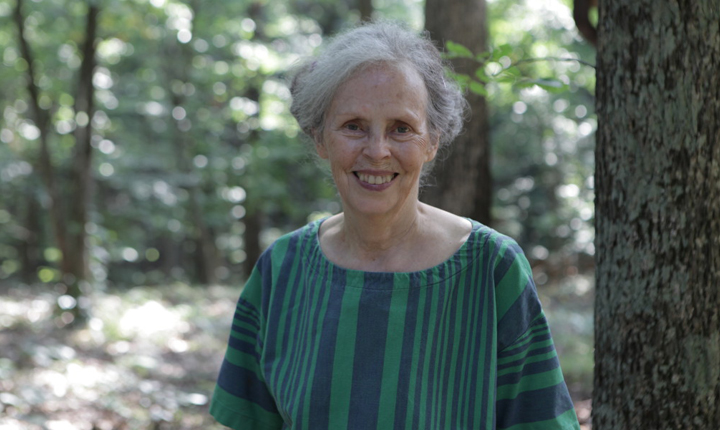
More on Ina May Gaskin
Here is Ina May’s TEDx Talk, which I excerpt in the story:
And this movie about Ina May’s life has great footage of the Farm, past and present, including a scene of a 10-pound baby being born to an unmedicated mother. I could see my own reflection in my computer screen as I watched this, and my jaw was literally dropped. The film also shows in action an example of the Gaskin Maneuver, an obstetrical procedure named after Ina May.
All photos except blue/green portrait: David Frohman; Blue/green portrait: Sara Lamm
The Longest Shortest Time may earn a small commission from products linked on this site. Using our affiliate links helps support our work.
